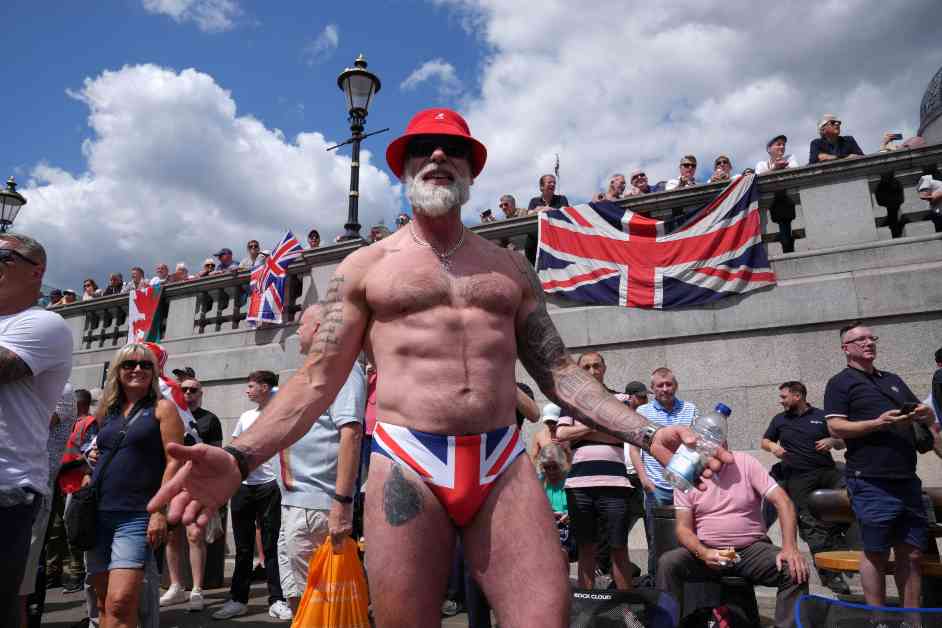Thousands of people gathered in central London for a march led by right-wing activist Tommy Robinson. The crowd filled the Strand, wearing clothing and holding flags depicting the Union, English, Scottish, and Welsh flags. Chants of “Rule Britannia” and “We want our country back” could be heard, along with shouts of support for Mr. Robinson.
Israeli flags were also visible among the protesters. Mr. Robinson, whose real name is Stephen Yaxley Lennon, had shared on X that the protest would be the “biggest patriotic rally the UK has ever seen.” The march started at the Royal Courts of Justice and moved to a rally in Trafalgar Square later in the day.
On the other side, a counter-protest led by Stand Up To Racism and Jeremy Corbyn’s Peace & Justice Project planned to march from Russell Square to a rally in Whitehall. This counter-protest was supported by various groups, including the Trade Union Congress (TUC) and 11 trade unions.
To prevent clashes between the two groups, the police had already used powers under the Public Order Act to manage the timings and routes of the marches. Chief Superintendent Colin Wingrove emphasized the importance of keeping the peace and ensuring the safety of all protesters. He warned that police would intervene decisively to deal with any breaches of the conditions set for the protests.
In addition to these events, a Trans Pride march from Langham Place to Wellington Arch was also taking place on the same day. Unlike the other protests, no conditions were imposed in advance for the Trans Pride event.
Overall, the day in central London was marked by contrasting protests and demonstrations, reflecting the diverse views and voices present in the city. The heavy police presence was aimed at maintaining order and ensuring that all protesters could exercise their rights safely. It was a day of activism and expression, with different groups making their voices heard on various issues.












